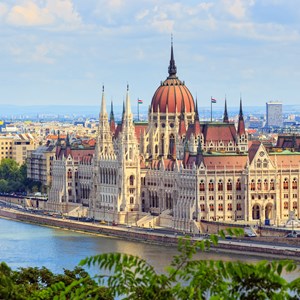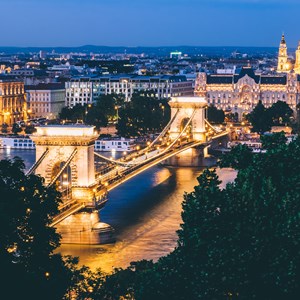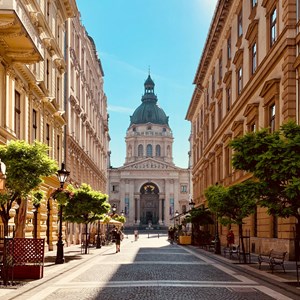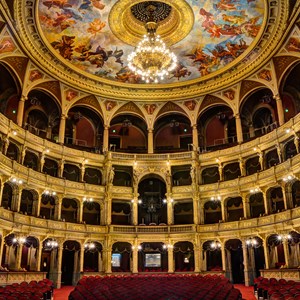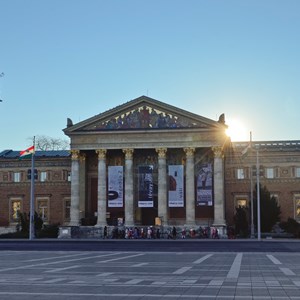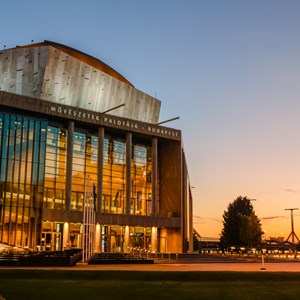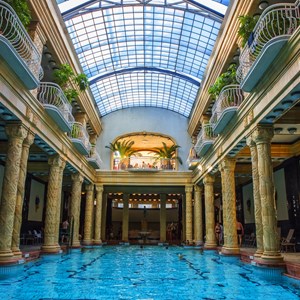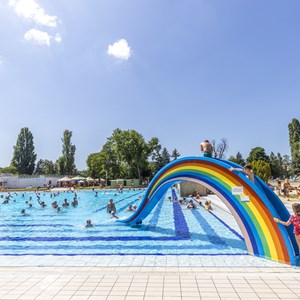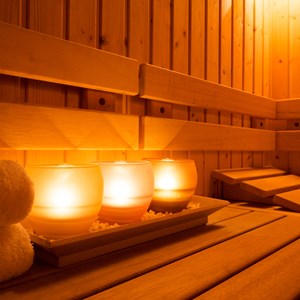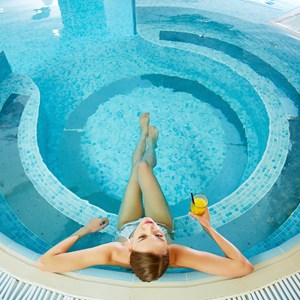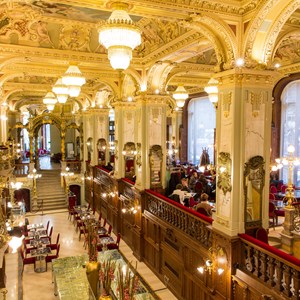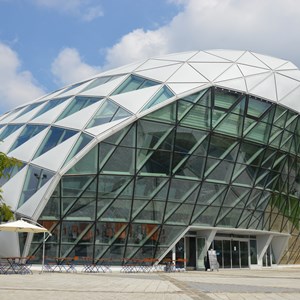

From its majestic bridges spanning the Danube River to its grandiose castles to its historical thermal baths, Budapest captivates visitors with its rich heritage and vibrant energy. Regarded as the ‘Pearl of the Danube’, this enchanting city seamlessly blends its medieval past with modern flair, offering a myriad of attractions, including UNESCO World Heritage sites, a thriving culinary scene, and a pulsating nightlife.
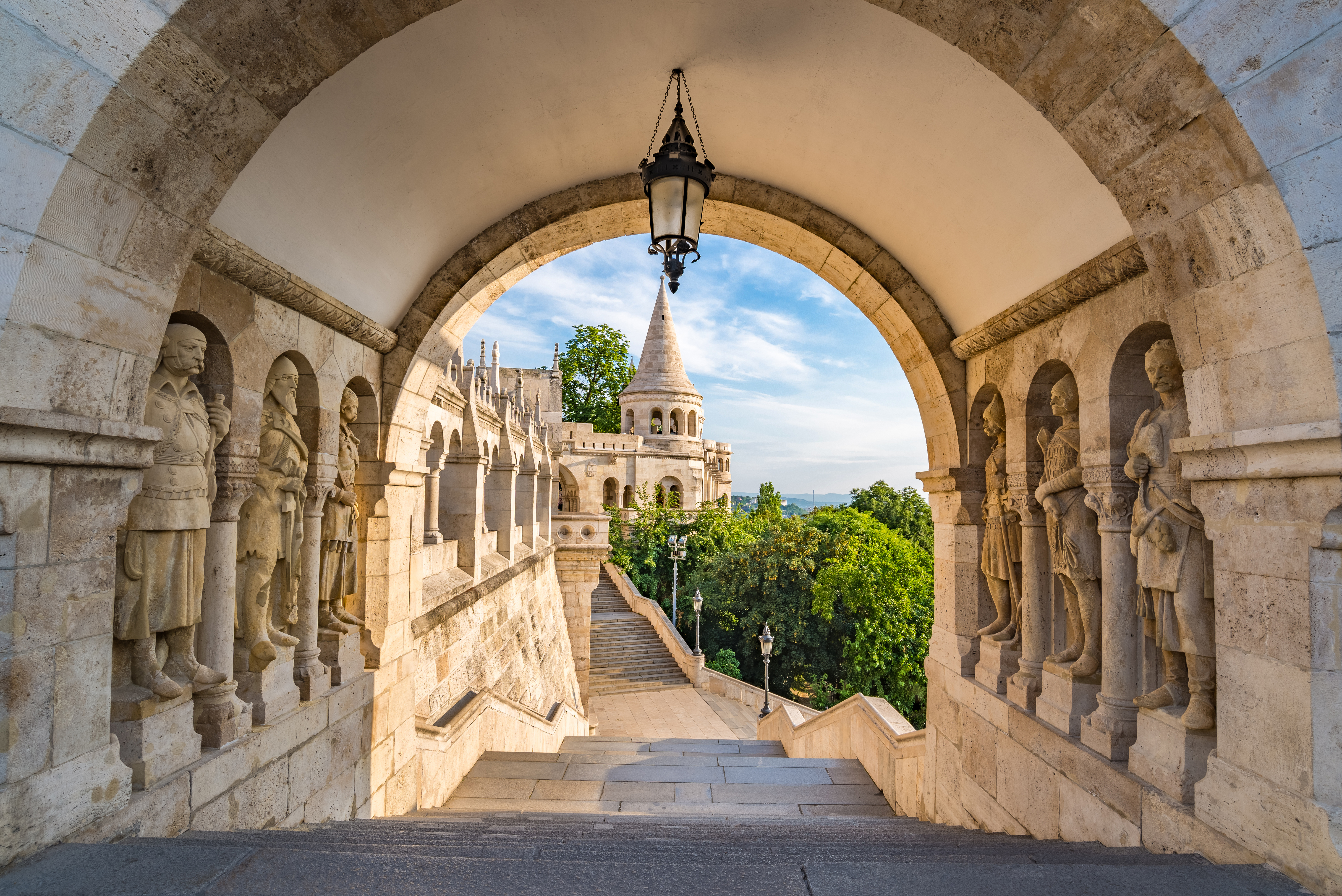 Noppasin Wongchum/Shutterstock
Noppasin Wongchum/Shutterstock
The City
Situated along the banks of the Danube River, Budapest’s origins trace back to the merging of two historic towns: Buda, which sits on the hilly west bank of the Danube, and Pest, located on the flat east bank.
The history of Budapest is marked by a series of invasions, occupations, and revolutions. From Roman settlements to Ottoman rule and Habsburg dominance, Budapest has seen its share of conquests and conflicts.
The city reached its peak during the 19th century when it emerged as a vibrant cultural hub of the Austro-Hungarian Empire, witnessing the construction of iconic landmarks like the Hungarian Parliament Building, Buda Castle, and the Chain Bridge.
However, the 20th century brought turmoil to Budapest with World Wars, communist rule, and the 1956 uprising against Soviet control. The fall of communism in 1989 marked a turning point, ushering in an era of democratic governance, economic reform, and cultural revival.
Today, Budapest stands as a testament to resilience and renewal, blending its rich past with modern innovation. Visitors flock to the city to explore its magnificent architecture, relax in its thermal baths, and savour its vibrant culinary scene. With its bustling markets, lively festivals, and thriving arts scene, Budapest continues to captivate travellers from around the world.
Do & See
Budapest offers plenty of entertainment all year round: from green parks and soothing thermal baths to architectural gems and fascinating museums.
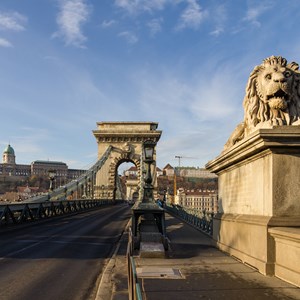 Jakub Elcner/Shutterstock.com
Jakub Elcner/Shutterstock.com
Széchenyi Chain Bridge
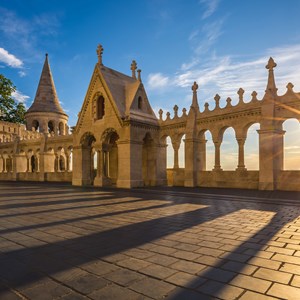 ZGPhotography/Shutterstock.com
ZGPhotography/Shutterstock.com
Castle District
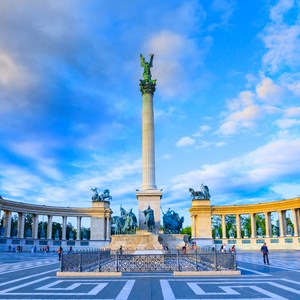 Slavko Sereda/Shutterstock.com
Slavko Sereda/Shutterstock.com
Heroes' Square
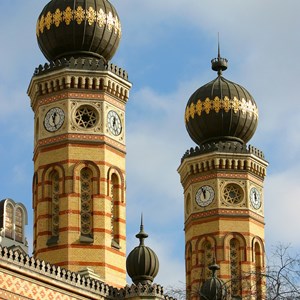 Zoltan Kakuszi/Shutterstock.com
Zoltan Kakuszi/Shutterstock.com
Dohány Street Synagogue (The Great Synagogue)
 Nadiia Tkachuk/Shutterstock.com
Nadiia Tkachuk/Shutterstock.com
Shoes on the Danube Bank
 Elif Guven/Shutterstock.com
Elif Guven/Shutterstock.com
Margaret Island (Margitsziget)
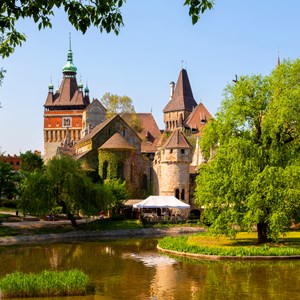 GTS Productions/Shutterstock.com
GTS Productions/Shutterstock.com
City Park (Városliget)
 ZGPhotography/Shutterstock.com
ZGPhotography/Shutterstock.com
Citadella
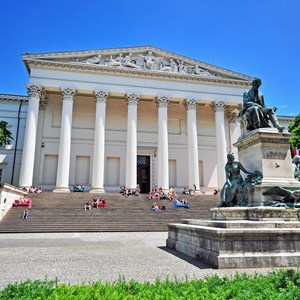 Arsenie Krasnevsky/Shutterstock.com
Arsenie Krasnevsky/Shutterstock.com
Hungarian National Museum
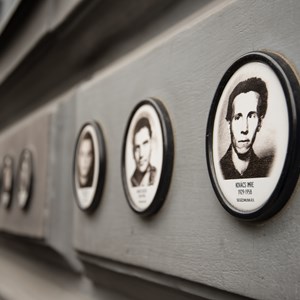 sgar80/Shutterstock.com
sgar80/Shutterstock.com
House of Terror
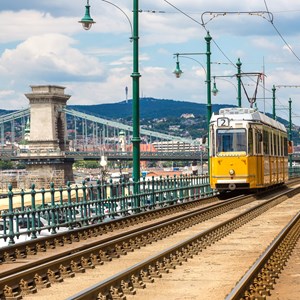 S-F/Shutterstock.com
S-F/Shutterstock.com
Tram Line 2
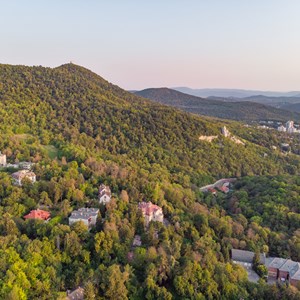 Brendan Riley/Shutterstock.com
Brendan Riley/Shutterstock.com
Elizabeth Lookout Tower
 VanderWolf Images/Shutterstock.com
VanderWolf Images/Shutterstock.com
Memento Park
 LALS Stock/Shutterstock.com
LALS Stock/Shutterstock.com
Spas & Thermal Baths
Thanks to the geological features of the Carpathian Basin, Hungary is extremely rich in thermal springs, and the area of Budapest is no exception: the capital stretches across over 100 springs, many of them accessible to the public in beautiful historical buildings.
 momente/Shutterstock.com
momente/Shutterstock.com
Széchenyi Thermal Bath
 Pelle Zoltan/Shutterstock.com
Pelle Zoltan/Shutterstock.com
Rudas Thermal Bath
 Pressmaster/Shutterstock.com
Pressmaster/Shutterstock.com
Lukács Baths
Dining
A gastronomic revolution has taken over Hungary in the past few years. New restaurants, bistros, and street food places have been opening on almost every corner of its capital city. Whether they want to have a multi-course meal while tasting the best wines of the country or prefer to grab a bite in a more casual place, visitors to Hungary will definitely find something for themselves in the large selection of venues for dining. From exquisite wine bars to unique and creative cooking courses and gastronomy festivals, the country offers an exciting spectrum to everyone who loves to eat.
 yereum kim/Shutterstock.com
yereum kim/Shutterstock.com
Onyx
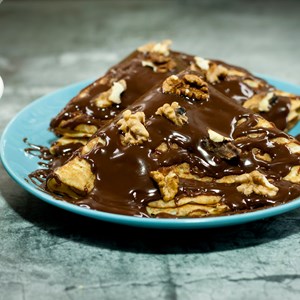 Melinda Gyorgy/Shutterstock.com
Melinda Gyorgy/Shutterstock.com
Gundel
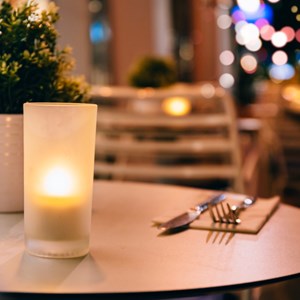 Graphical_Bank/Shutterstock.com
Graphical_Bank/Shutterstock.com
Déryné
 Losonsky/Shutterstock.com
Losonsky/Shutterstock.com
Menza
 All Is Amazing/Shutterstock.com
All Is Amazing/Shutterstock.com
Costes Downtown
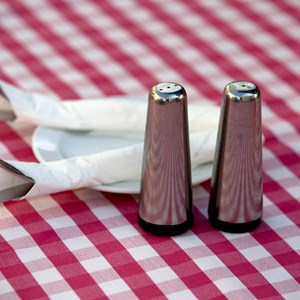 Dande_lion_studio/Shutterstock.com
Dande_lion_studio/Shutterstock.com
Fakanál
 Hungarian Tourism Agency
Hungarian Tourism Agency
Borkonyha
 Jana Kollarova/Shutterstock.com
Jana Kollarova/Shutterstock.com
Spinoza Café & Restaurant
 Ildi Papp/Shutterstock.com
Ildi Papp/Shutterstock.com
Retro Lángos
 Sharomka/Shutterstock.com
Sharomka/Shutterstock.com
Kék Rózsa
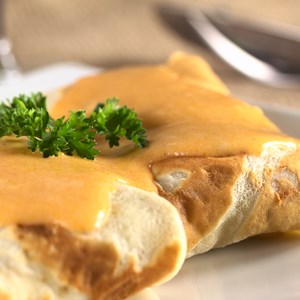 Ildi Papp/Shutterstock.com
Ildi Papp/Shutterstock.com
Lecsó
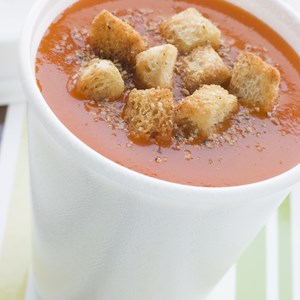 Monkey Business Images/Shutterstock.com
Monkey Business Images/Shutterstock.com
Leves.
 Monika Wisniewska/Shutterstock.com
Monika Wisniewska/Shutterstock.com
Al Dente
 Jack Frog/Shutterstock.com
Jack Frog/Shutterstock.com
Fecske Presszó
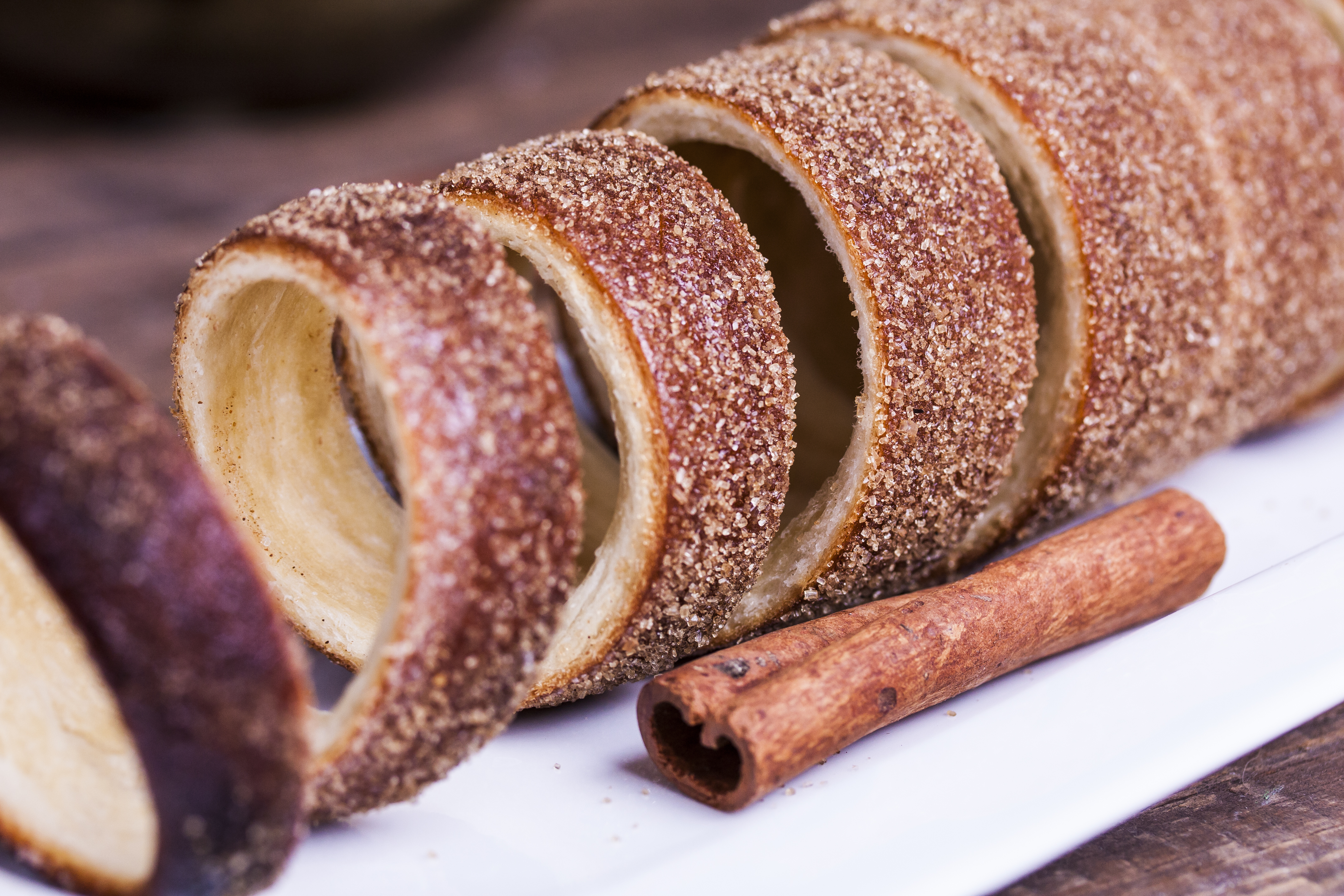 Pronina Marina/Shutterstock.com
Pronina Marina/Shutterstock.com
Cafés
From opulent, fin de siècle cafes to new-wave coffee houses, Budapest never fails to entice lovers of caffeine. Confectioneries too abound to offer you traditional Hungarian desserts — make sure to try a good strudel or kürtőskalács, a spit cake best had with a cinnamon coating (look in markets or Váci street). Winter favourites include walnut puree with whipped cream and flódni, a traditional Hungarian Jewish pastry, filled with layers of apple, walnuts, poppy seeds, and plum jam.
 Jana Milin/Shutterstock.com
Jana Milin/Shutterstock.com
Gerbeaud
 Zeljko Matic/Shutterstock.com
Zeljko Matic/Shutterstock.com
Centrál Grand Cafe & Bar
 FrauTori/Shutterstock.com
FrauTori/Shutterstock.com
Művész Kávéház
 mazarekic/Shutterstock.com
mazarekic/Shutterstock.com
Ruszwurm Confectionery
 Song_about_summer/Shutterstock.com
Song_about_summer/Shutterstock.com
Gerlóczy Kávéház
 Maglara/Shutterstock.com
Maglara/Shutterstock.com
Callas Café
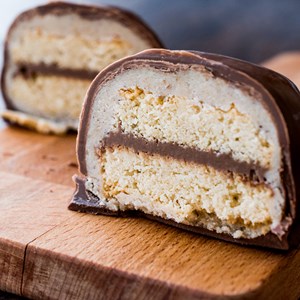 Alp Aksoy/Shutterstock.com
Alp Aksoy/Shutterstock.com
Szamos Gourmet Ház
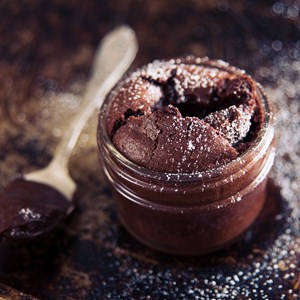 Anna Hoychuk/Shutterstock.com
Anna Hoychuk/Shutterstock.com
Auguszt Cukrászda
 Silatip/Shutterstock.com
Silatip/Shutterstock.com
Hadik Café
 Black Brush/Shutterstock.com
Black Brush/Shutterstock.com
Lumen Café
 baranq/Shutterstock.com
baranq/Shutterstock.com
Fekete
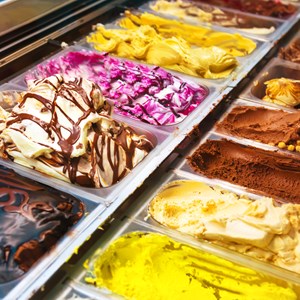 Beautiful landscape/Shutterstock.com
Beautiful landscape/Shutterstock.com
Artigiana Gelati
 Natalia Klenova/Shutterstock.com
Natalia Klenova/Shutterstock.com
Cafe Frei
 bogdanhoda/Shutterstock.com
bogdanhoda/Shutterstock.com
Cserpes Tejivó
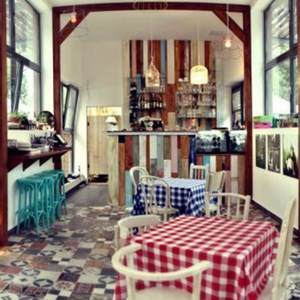 Hungarian Tourism Agency
Hungarian Tourism Agency
Fruska Bisztró
 Quietword/Shutterstock.com
Quietword/Shutterstock.com
Cat Café
 Pixel-Shot/Shutterstock.com
Pixel-Shot/Shutterstock.com
Bars & Nightlife
Ruin pubs in Budapest are having their heyday, as old abandoned buildings are given a second chance by being creatively transformed into quirky eclectic bars, having earned the city the nickname Party Capital of Europe.
Head to Deák Ferenc tér or get off the tram anywhere along the Grand Boulevard, and take to the streets of the fifth and seventh districts, the city's most vibrant neighbourhoods where parties and shots of pálinka never seem to come to an end.
 Oliver Huitson/Shutterstock.com
Oliver Huitson/Shutterstock.com
Szimpla Kert
 Thanantorn Kainet/Shutterstock.com
Thanantorn Kainet/Shutterstock.com
Pontoon
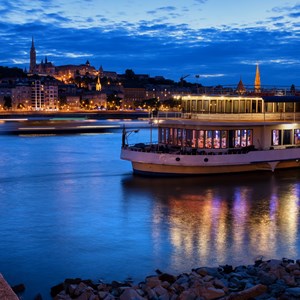 Artur Bogacki/Shutterstock.com
Artur Bogacki/Shutterstock.com
Spoon
 sibiranna/Shutterstock.com
sibiranna/Shutterstock.com
Gozsdu Court
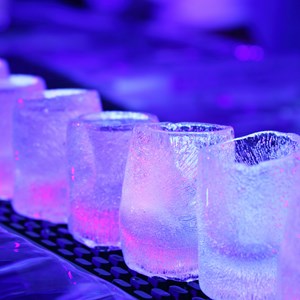 v.gi/Shutterstock.com
v.gi/Shutterstock.com
Instant-Fogas
 bbernard/Shutterstock.com
bbernard/Shutterstock.com
A38
 Yurii Zymovin/Shutterstock.com
Yurii Zymovin/Shutterstock.com
Kisüzem
 charles taylor/Shutterstock.com
charles taylor/Shutterstock.com
Morrison's 2
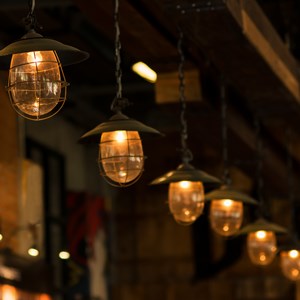 Supermop/Shutterstock.com
Supermop/Shutterstock.com
Macska
 DisobeyArt/Shutterstock.com
DisobeyArt/Shutterstock.com
Grandio Jungle Bar
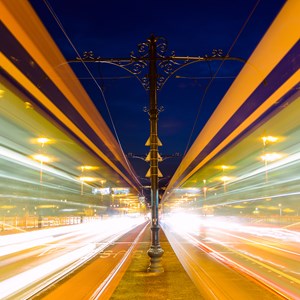 Fesus Robert/Shutterstock.com
Fesus Robert/Shutterstock.com
4es6os Wesselényi
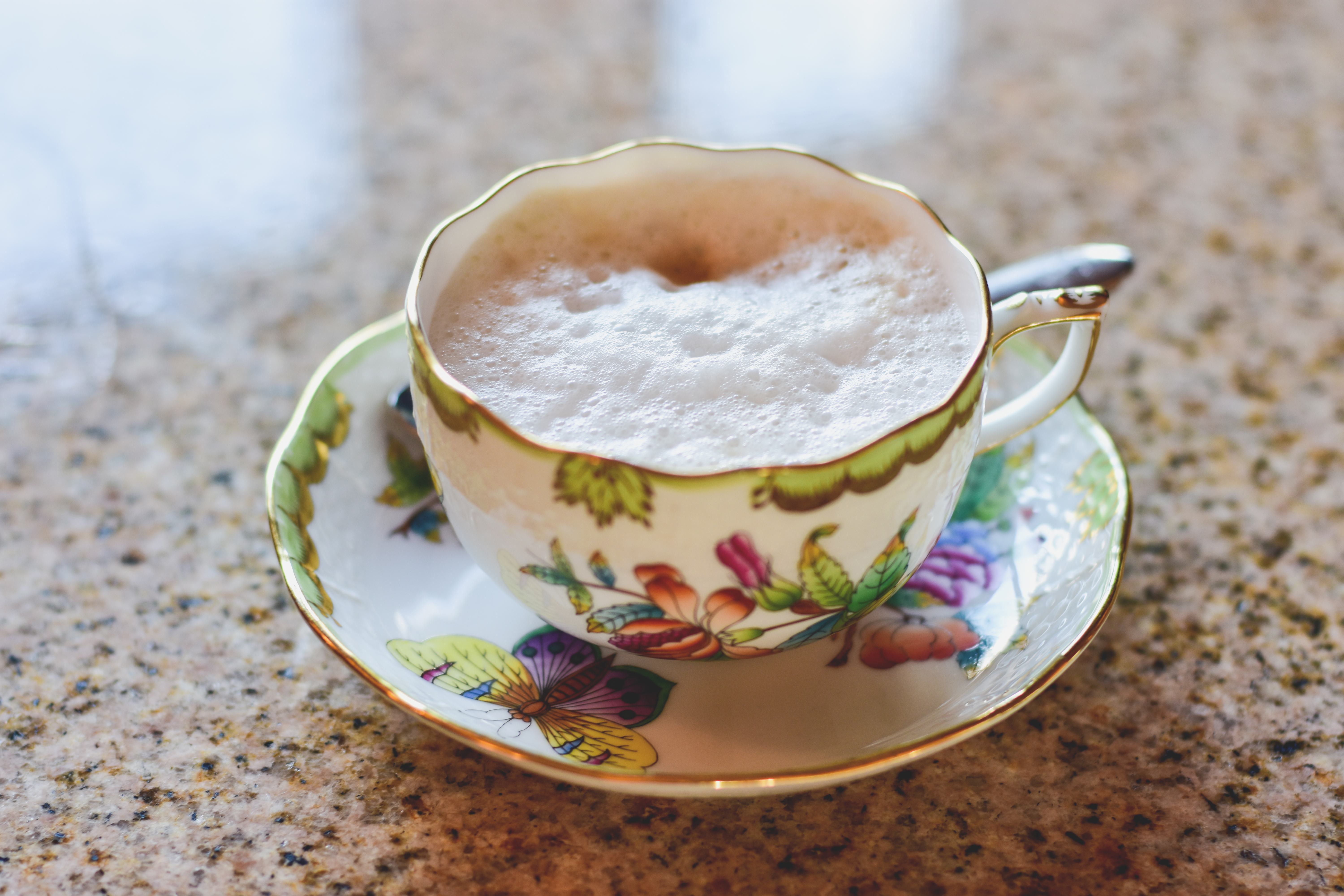 gabczi/Shutterstock.com
gabczi/Shutterstock.com
Shopping
Upscale shopping streets, unique antique shops, and a vast selection of Western brands at convenient Eastern European prices have made Budapest a popular shopping destination. The city is also abundant in world-famous treasures of Hungarian origin, as porcelain manufacturers Herend and Zsolnay both have a factory shop here.
 Syda Productions/Shutterstock.com
Syda Productions/Shutterstock.com
Váci Street
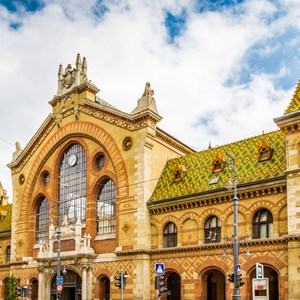 GoneWithTheWind/Shutterstock.com
GoneWithTheWind/Shutterstock.com
Great Market Hall
 s4svisuals/Shutterstock.com
s4svisuals/Shutterstock.com
Andrássy Avenue
 Impact Photography/Shutterstock.com
Impact Photography/Shutterstock.com
Fashion Street
 Bohbeh/Shutterstock.com
Bohbeh/Shutterstock.com
Retrock
 Pressmaster/Shutterstock.com
Pressmaster/Shutterstock.com
Westend
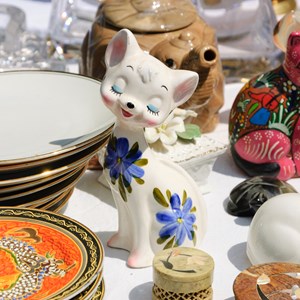 Elena Dijour/Shutterstock.com
Elena Dijour/Shutterstock.com
Ecseri Flea Market
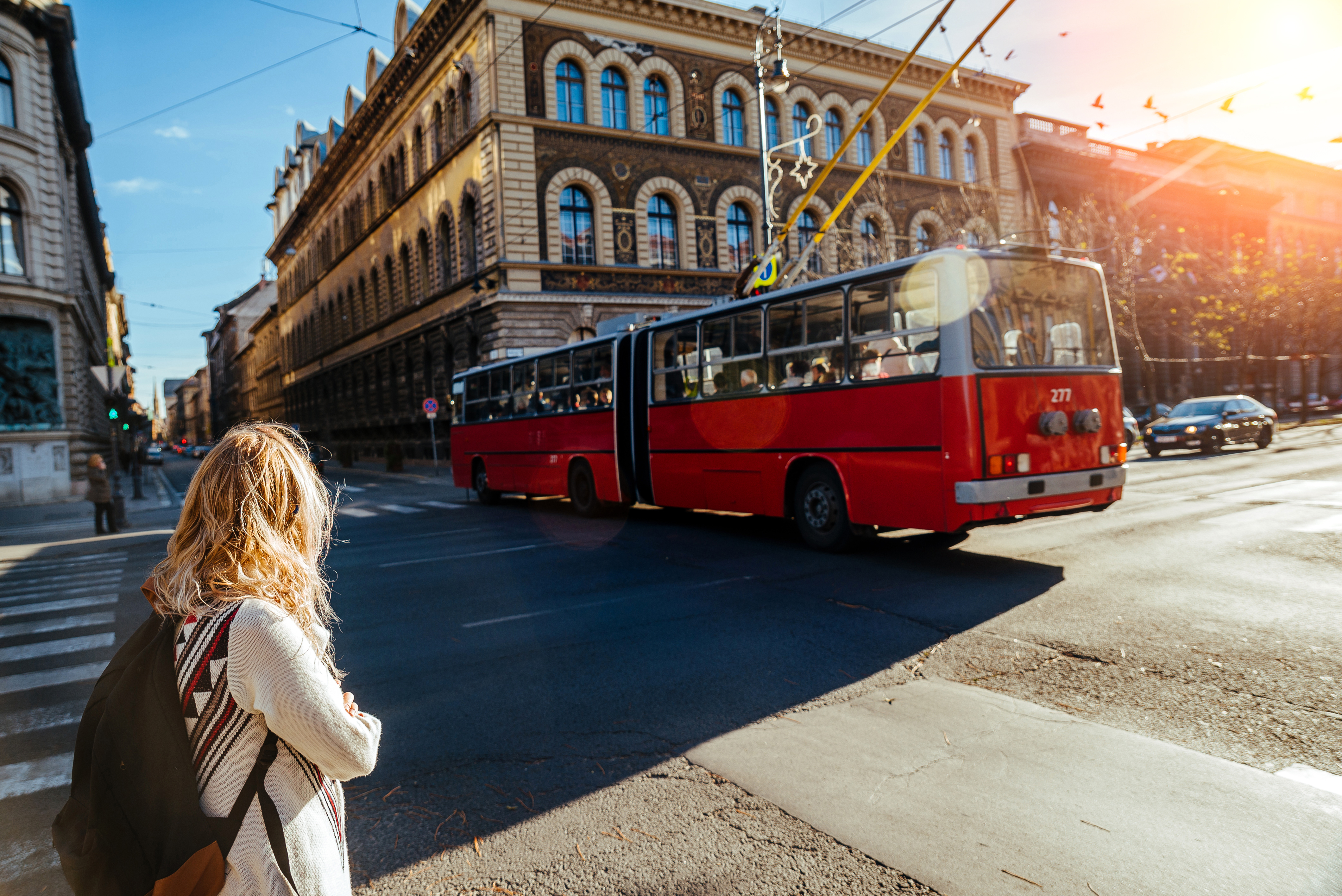 akatiev/Shutterstock.com
akatiev/Shutterstock.com
Tourist Information
Best Time to Visit
Hungary has a mild continental climate with considerable differences in temperature between the summer and winter seasons. The warmest months are June to August with averages above 25°C, while they tend to drop below zero around December and January. Rainfall is to be expected all year round, but especially in May, June, and in the autumn season from September to November.
There is a plethora of activities to do in and around Budapest all year round. The Christmas market in Vörösmarty Square is noted amongst the most beautiful in Europe, while the Sziget Fesztivál held every August features a lineup that attracts visitors from all over the world year by year.
Address:
Email:
Phone:
Website:
More Information:
Passport/Visa
Hungary can be visited visa-free for up to 90 days by citizens of most European countries, Australia, New Zealand, Japan, South Korea, Taiwan, Malaysia, Israel, UAE and most countries in America. If you are unsure whether or not you need to apply for a visa, we recommend that you contact the embassy or consulate in your country. International (non-Schengen) travellers need a passport that is valid for at least 3 months after the end of their intended trip in order to enter the Schengen zone. Citizens of Schengen countries can travel without a passport but must have a valid ID with them during their stay.
Address:
Email:
Phone:
Website:
More Information:
Budapest Ferenc Liszt International Airport (BUD)
Budapest’s main airport sits about 16 km east-southeast of the city centre, with the journey taking around 30–40 minutes. If you're taking public transport, the 100E Airport Express bus runs around the clock and connects directly to key central hubs such as Deák Ferenc tér, Kálvin tér, and Astoria, typically in about 40 minutes. Alternatively, bus 200E links Terminal 2 with Kőbánya-Kispest metro station, where you can transfer to Metro Line 3 and reach the centre in roughly 45 minutes. For door-to-door service, Főtaxi is the official airport taxi operator, while ride-hailing apps like Bolt and Uber also operate from designated pick-up zones just outside arrivals.
Address: Budapest Ferenc Liszt International Airport
Email:
Phone: +36 1 296 7000
Website: www.bud.hu/en
More Information:
Public Transport
Public transportation in Budapest is provided by BKK. Tickets and passes can be purchased from purple ticket machines near the stops or on board. A single ticket is only valid for a single journey excluding any changes (except within the same metro station), so it is worth buying a pass valid for a selected number of days.
Budapest has a very well-connected public transportation system, but apart from a few sights, it is easy to explore on foot. The four metro lines as well as trams 2, 4, and 6 can be used to the major sights of the city.
Budapest is served by four railway stations for regional transport: Keleti, Déli, Nyugati, and Kelenföld, whereas the national bus terminal is found at Népliget.
For information on timetables and tickets, visit BKK's website.
Address:
Email:
Phone:
Website: https://bkk.hu/en
More Information:
Taxi
Contact any of the operators below:
Budapest Taxi
+36 1 777 7777
Főtaxi
+36 1 222 2222
6x6 Taxi
+36 1 666 6666
Address:
Email:
Phone:
Website:
More Information:
Post
Postal services in Hungary are provided by Magyar Posta. Most post offices in Budapest are open from 7 am or 8 am until 6 pm. Letterboxes in the country are in the colour red.
Address: Budapest 62 Nyugati postahivatal, Budapest, Teréz körút 51
Email:
Phone: +36 1 312 1200
Website: www.posta.hu
More Information:
Telephone
Country code: +36
Area code: 1
Address:
Email:
Phone:
Website:
More Information:
Electricity
230V/50 Hz. Type F plug.
Address:
Email:
Phone:
Website:
More Information:
Pharmacy
One of the main pharmacy chains in Budapest is called Benu, boasting multiple locations across the city.
Address: Benu Pharmacy, Budapest, Irányi utca 15
Email:
Phone: +36 1 266 2952
Website:
More Information:



